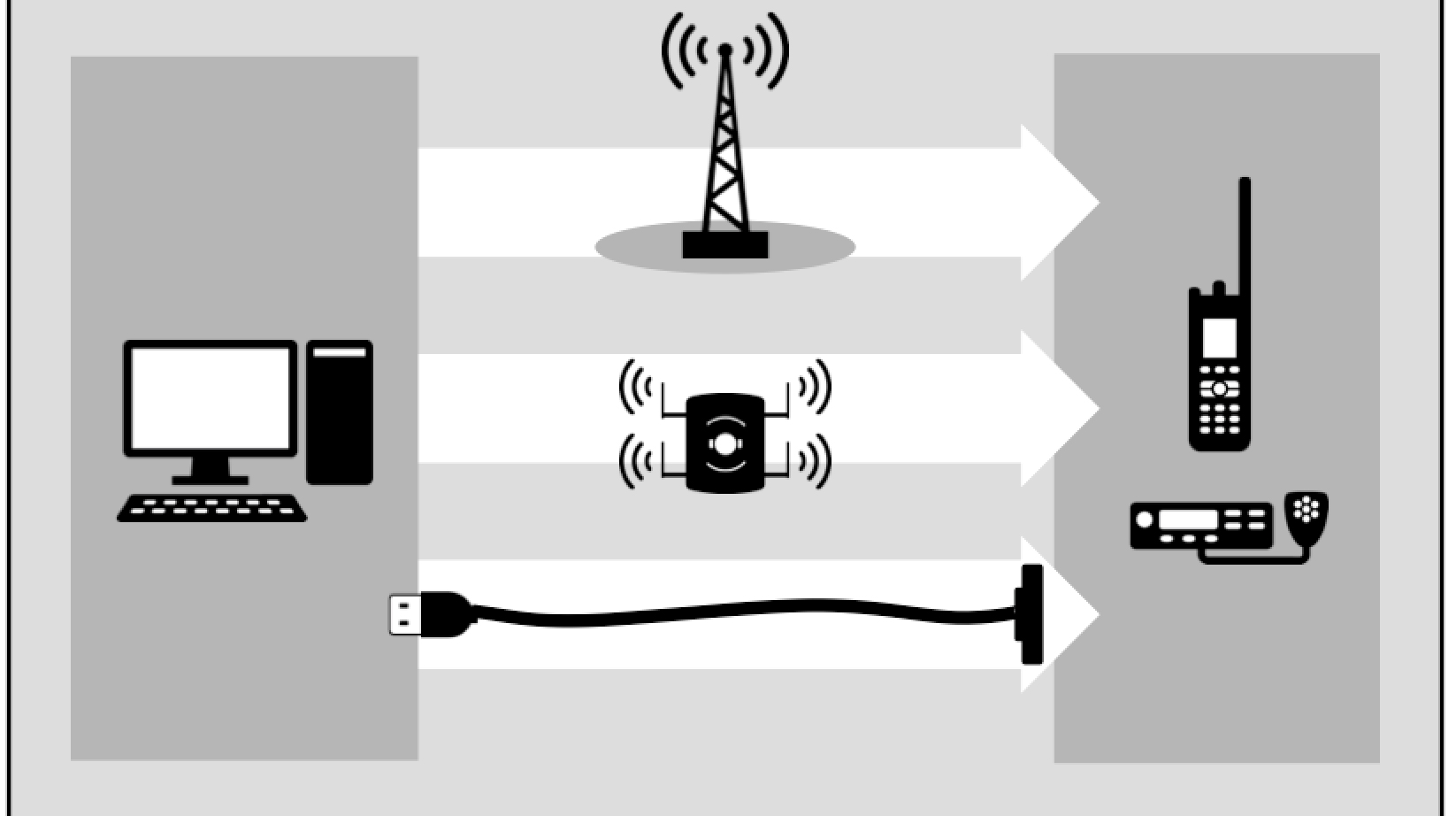Time and accuracy – two words that frame every response in the PSAP. Technology, workflows, and systems are geared to support the mission of time and accuracy but with what tools and for what outcome?
That’s where map-based intelligence comes in. It is the agent of simplicity that unites and informs the incident from start to finish. Providing critical location and situational awareness for call takers, dispatchers, and responders, map-based intelligence empowers the PSAP to respond quickly and accurately.
 Map-Based Intelligence Saves Time and Lives
Map-Based Intelligence Saves Time and Lives
Map-based intelligence connects the dots for different team members within the PSAP throughout an incident response, helping to make sense of complex, dynamic situations. The transformative power of this intelligence saves time and lives.
Decision Maker: Map-based intelligence empowers decision makers by visualizing multiple data sources into a single, easy to understand view.
Call Taker: The search for knowledge and context begins the minute a call taker picks up a call. As information about the incident unfolds, the clock starts ticking to identify the location of the incident and the caller.
Dispatcher: The dispatcher relies on location information to coordinate the response, looking for nearby units’ resources such as cameras and video feeds that can impact the response.
Responders: Situational intelligence provides critical contextual information to responders in the field to calibrate the response, stage resources, and protect responders and the public.
The Intelligent Mapping Checklist
Map-based intelligence requires these essential elements:
-
- GIS Layers – Integration of custom GIS layers provides a more nuanced and granular view of the situation. Adding traffic and weather layers, as well as floor plans provides additional location detail for faster, more accurate responses.
- Automation and Rules – Applying rules supports every role in the PSAP. Roles-based rules ensure call-takers are not overwhelmed with unnecessary data. CAD incident-based rules, sharpen map views and automatically populate information critical to a response.
- Real-Time Monitoring – Live, real-time location mapping of responding units enables decision makers to coordinate and stage units. Plus sensor integrations can identify when responders are in danger or crisis. Integration of nearby video feeds in real-time puts eyes on the scene for increased situational awareness.
- Data Integration – Integrating alarms, alerts, incidents and other data sources into a single view enables better situational intelligence for faster, more accurate response.
Map-based intelligence simplifies processes, connects decision makers to the information they need when they need it, and empowers the PSAP to make better decisions for more accurate and timely responses.
To learn more about map-based intelligence, join our webinar where our experts will share how you can accelerate and empower every response in your PSAP. Save your seat here.
Learn more about CommandCentral Aware, Motorola Solutions’ situational awareness software.




